Cyanotype is a safe and simple early cameraless photographic process using solutions of Iron salts that become sensitive to UV light when mixed together. These are then painted onto paper, or fabrics and exposed to light to create the image.
An advantage of this process is that it is extremely adaptable and doesn't require any specialist facilities, just access to water. As a result it can be done in a classroom / gallery environment but also on location.
As Cyanotype requires UV light to expose it can be done using the sun, although timings can vary dependent on weather. I also have 3 A4+ size UV lightboxes which can be used to expose in low sun conditions.

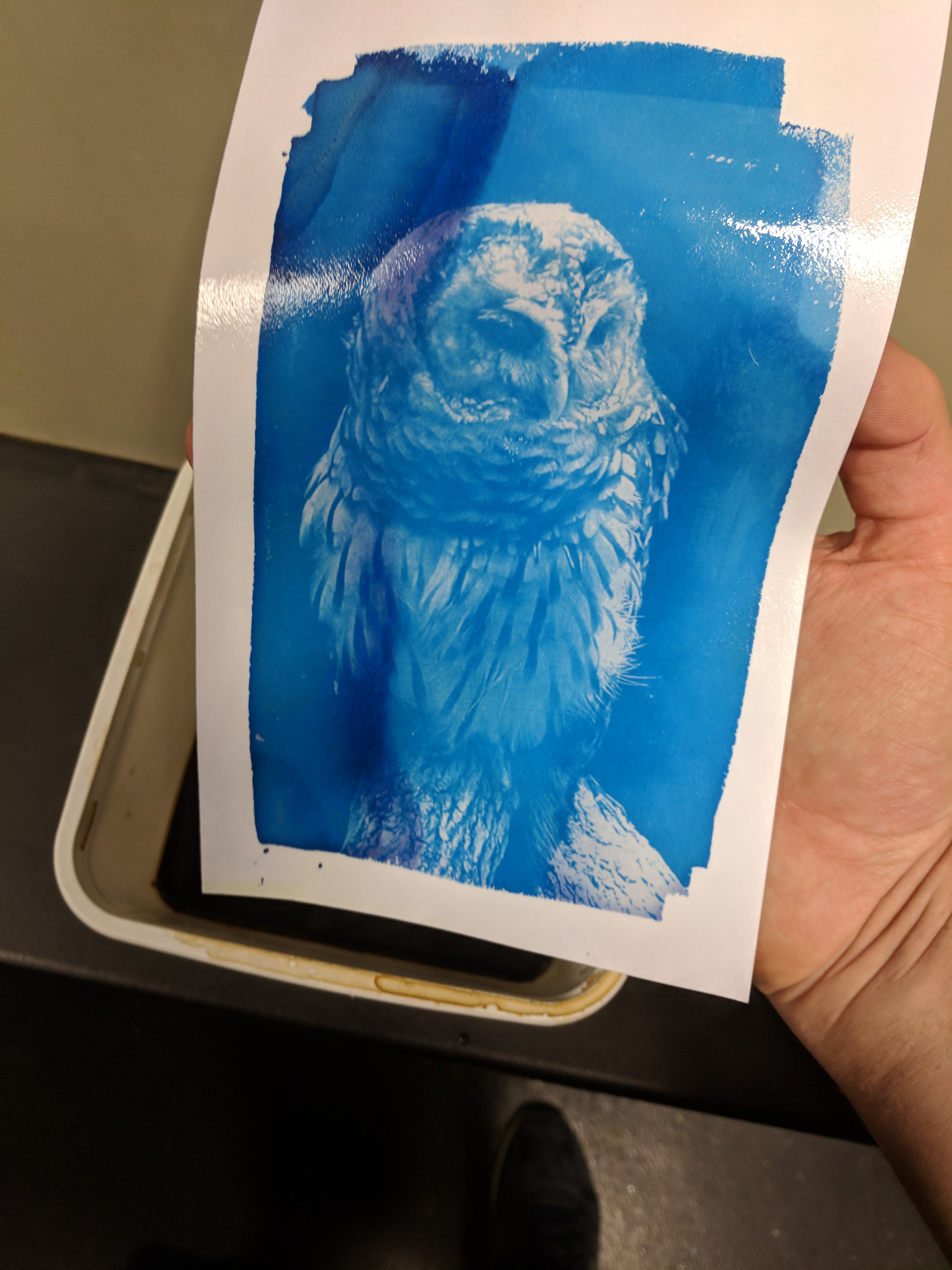
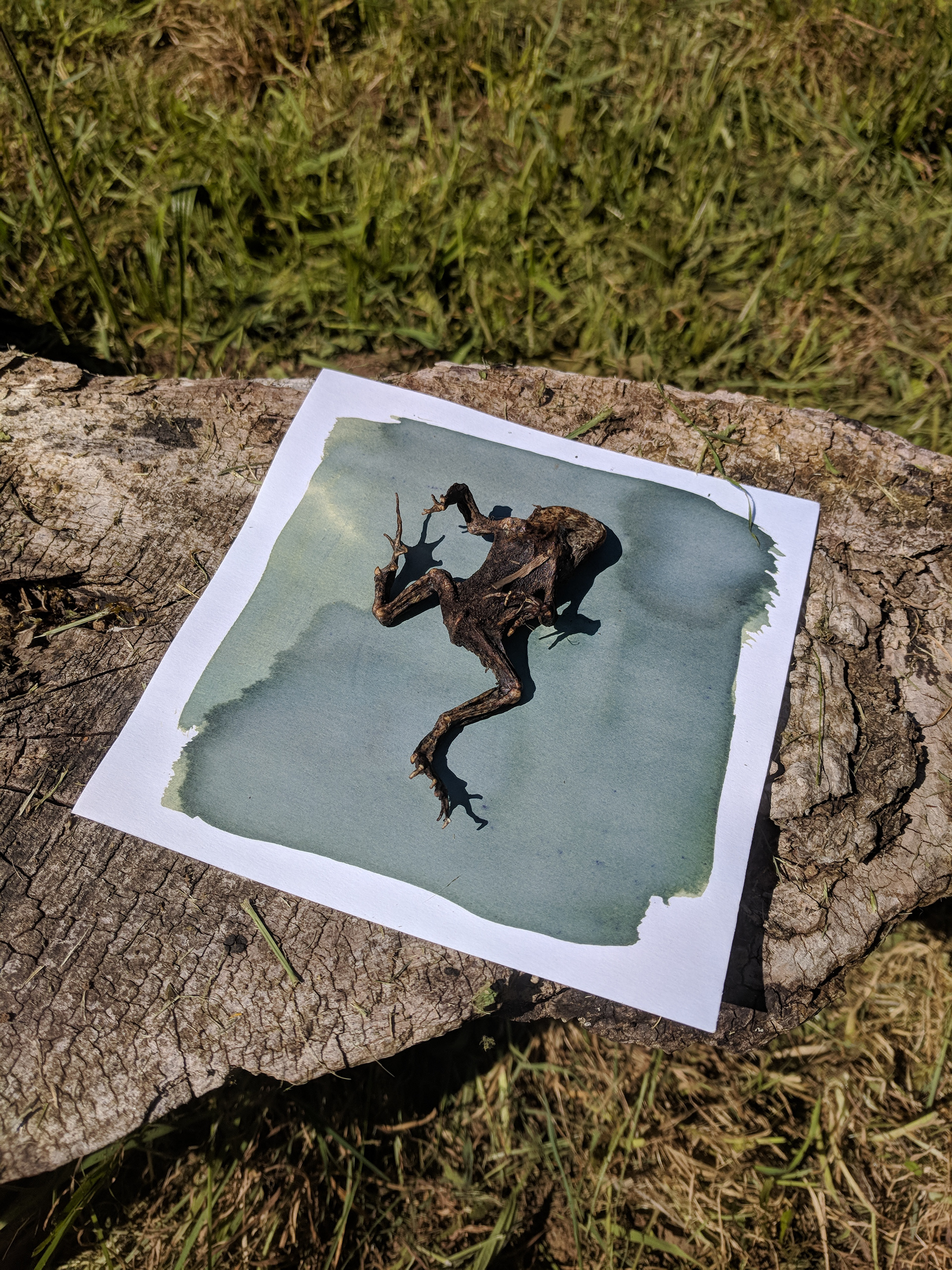
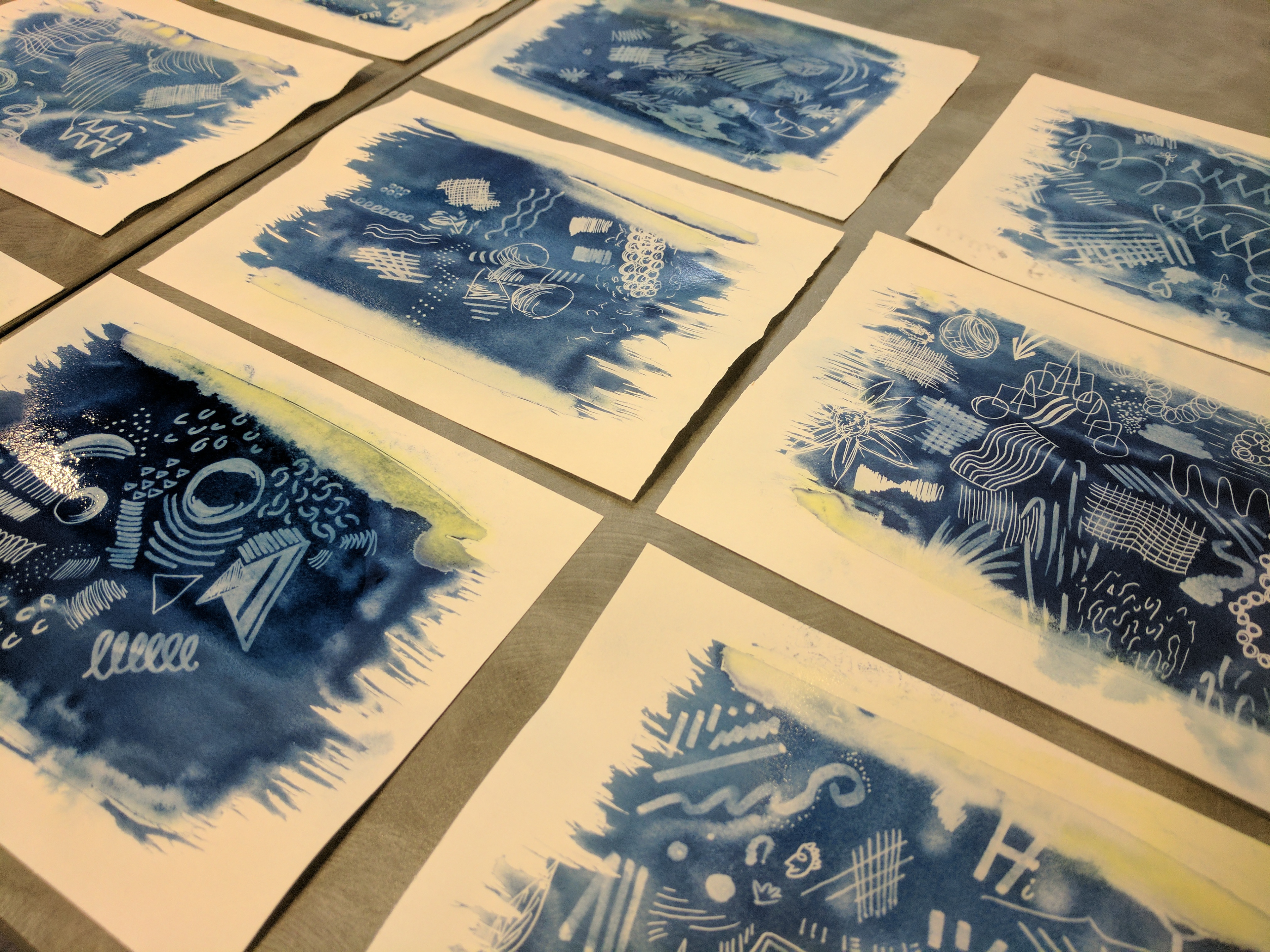

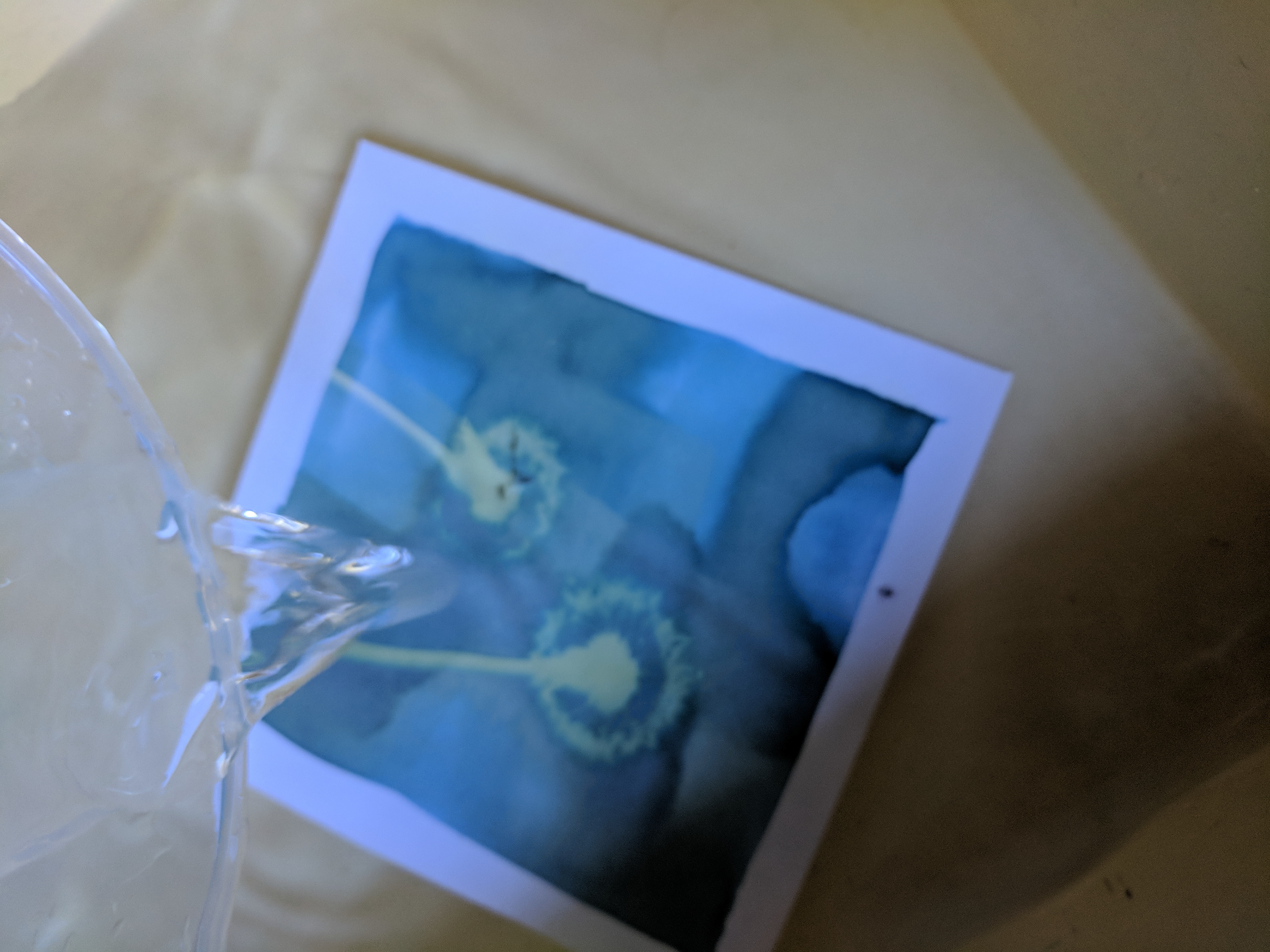
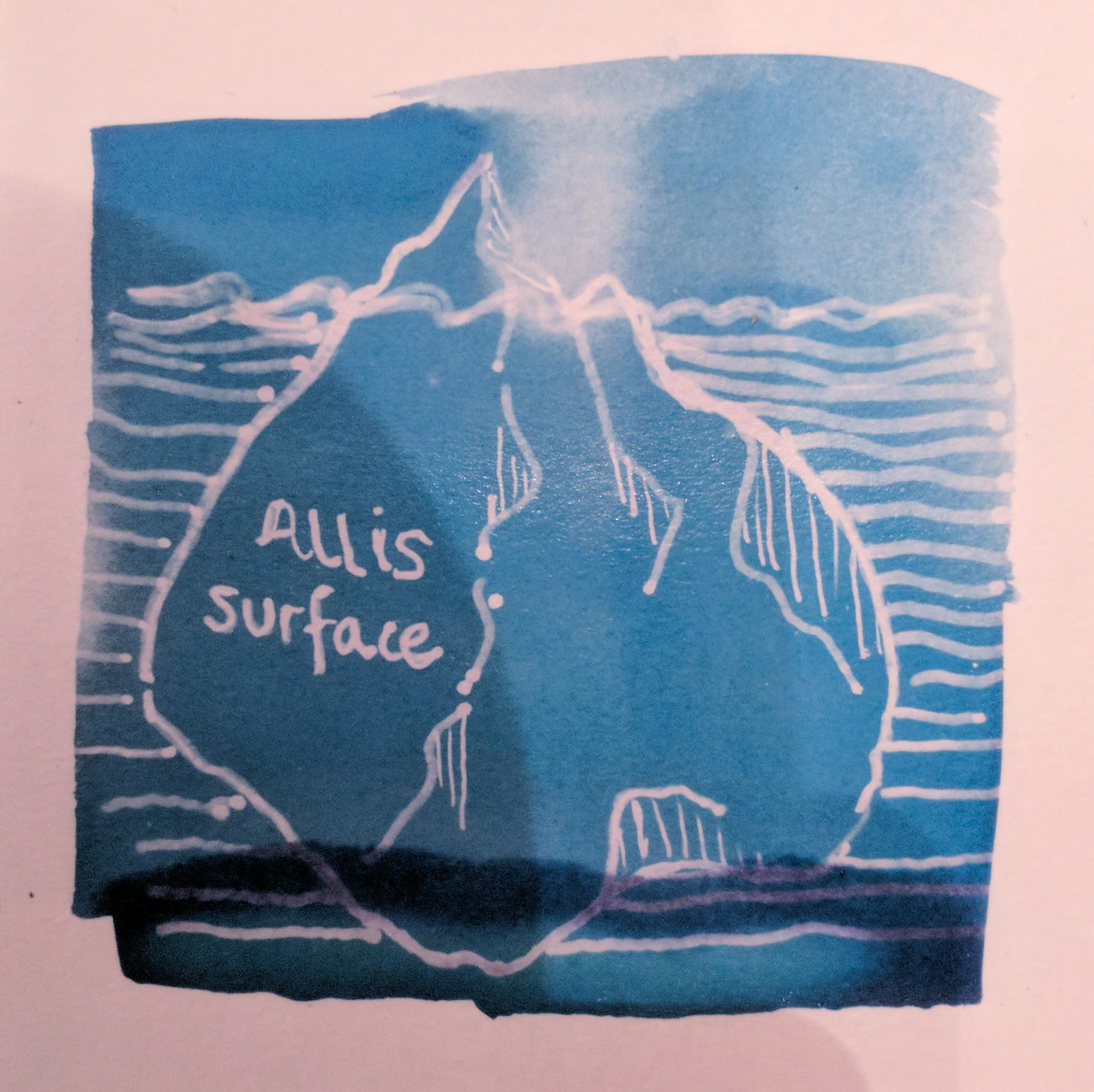



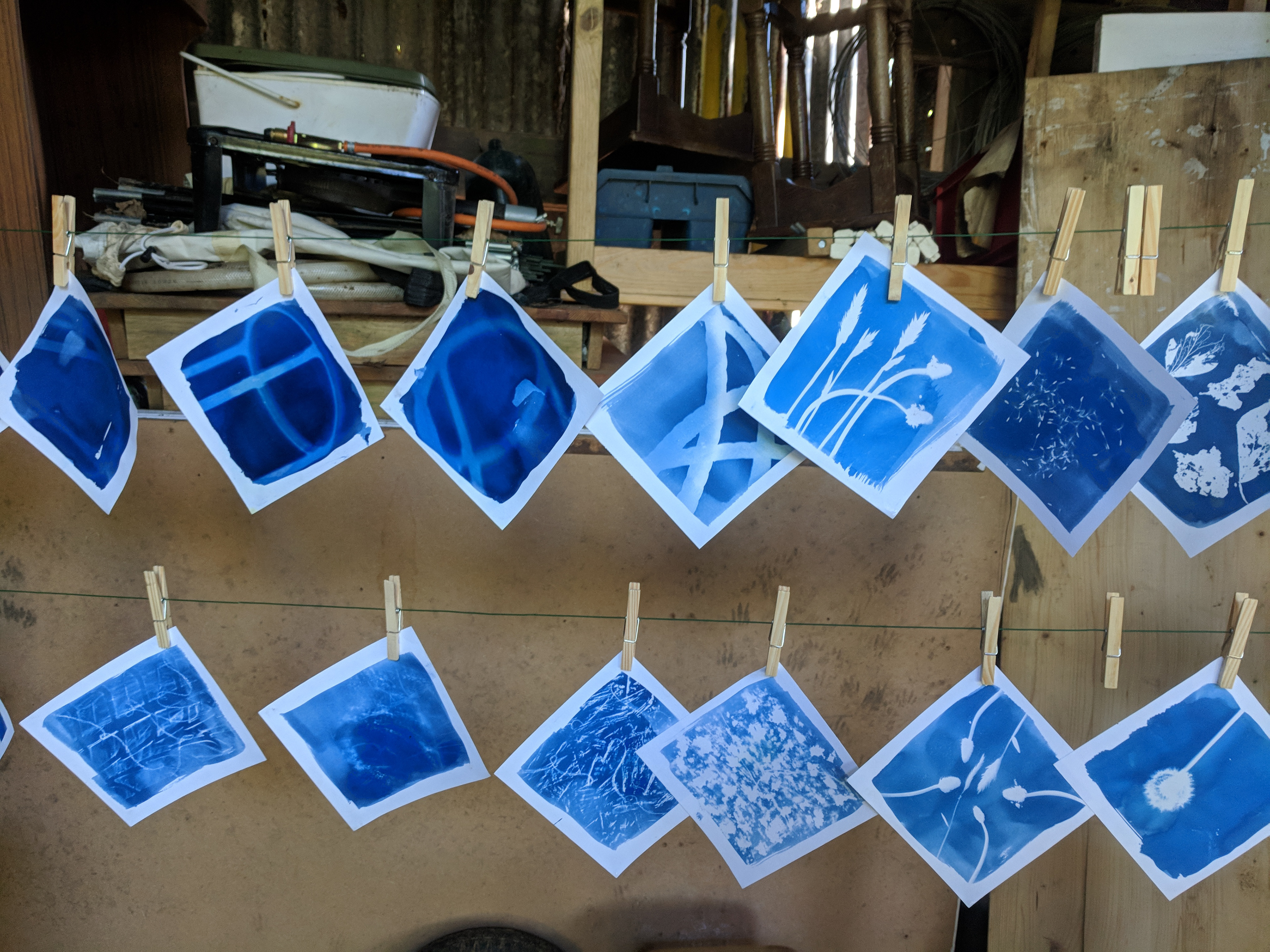
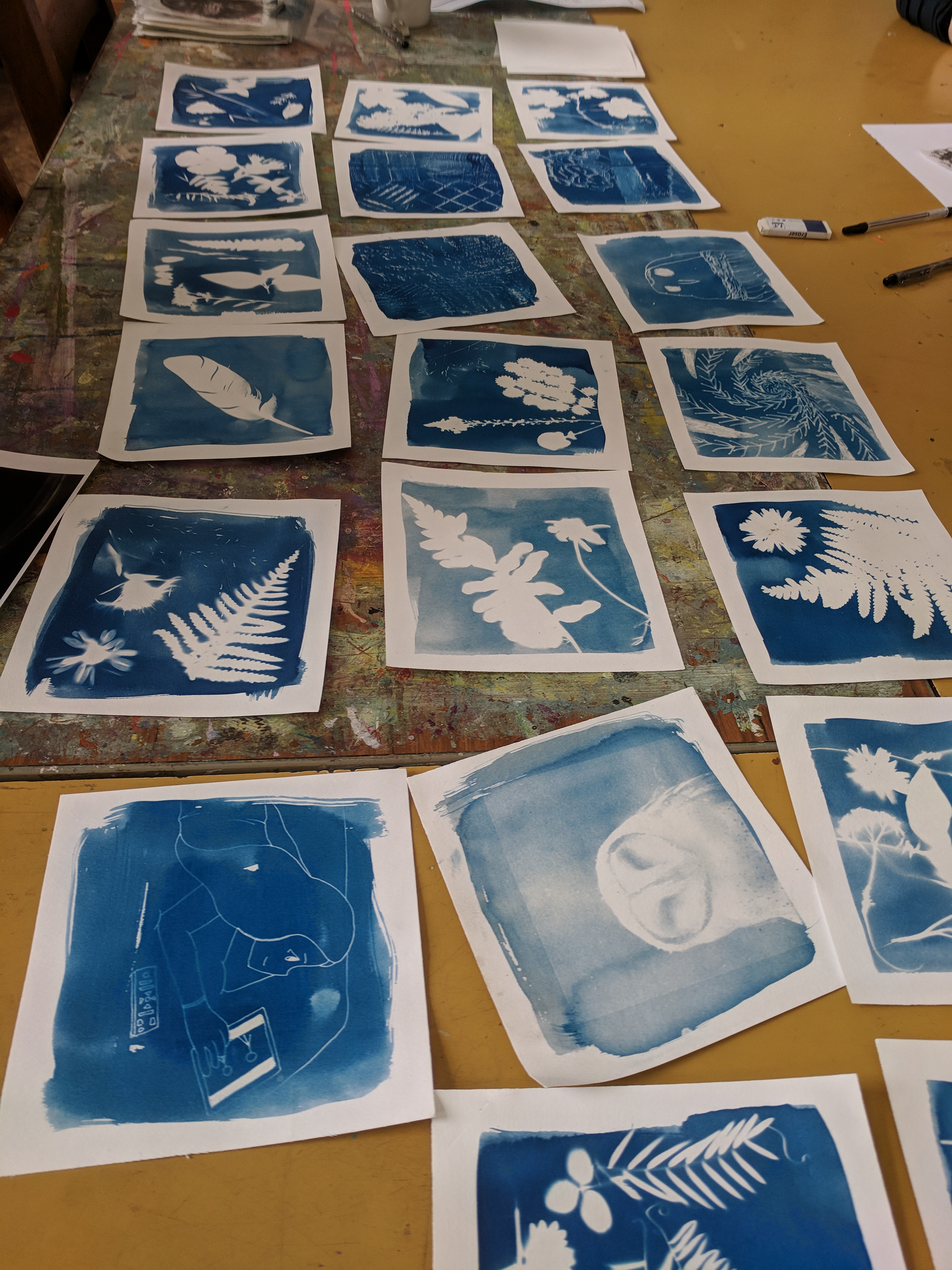

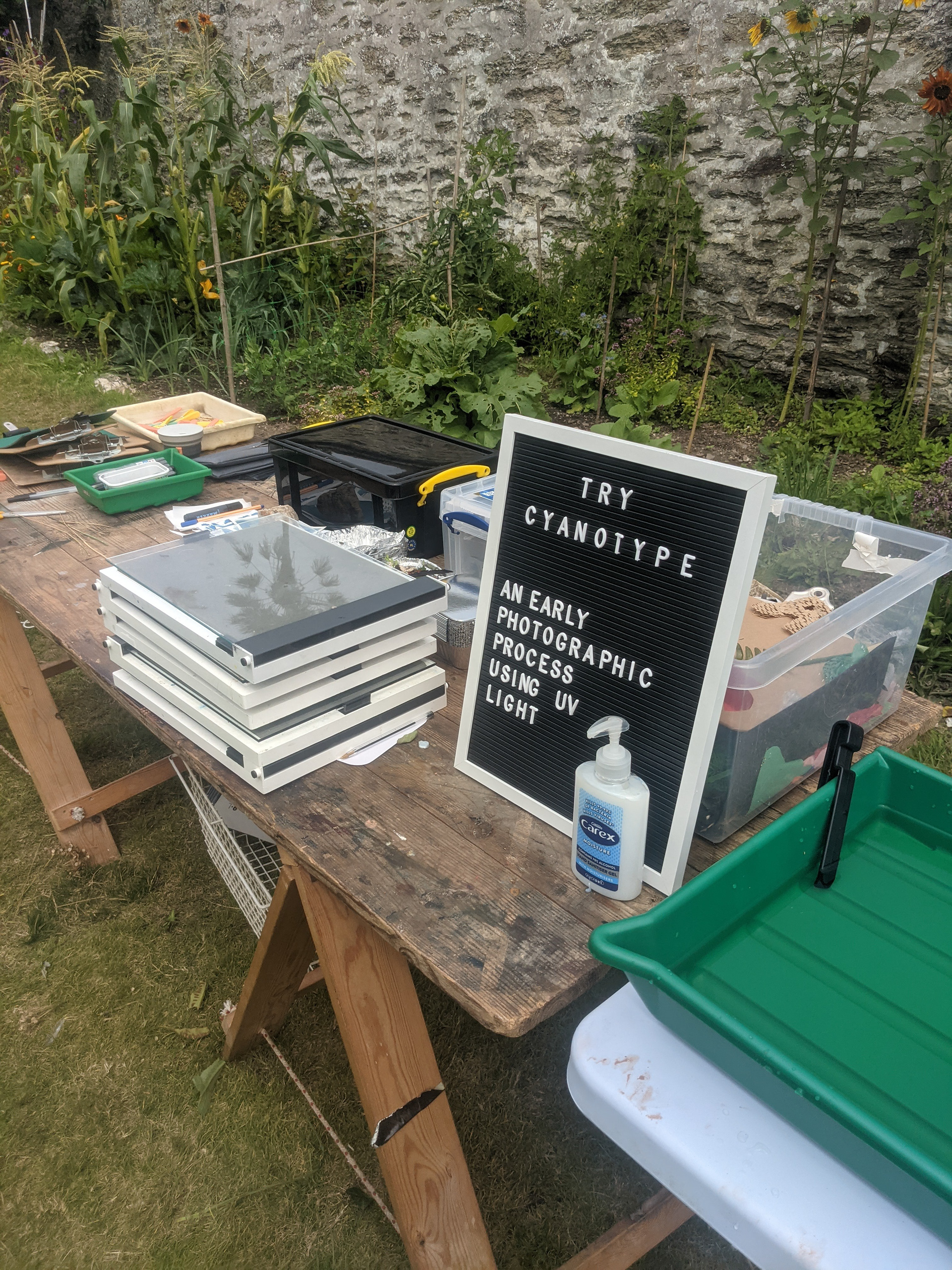
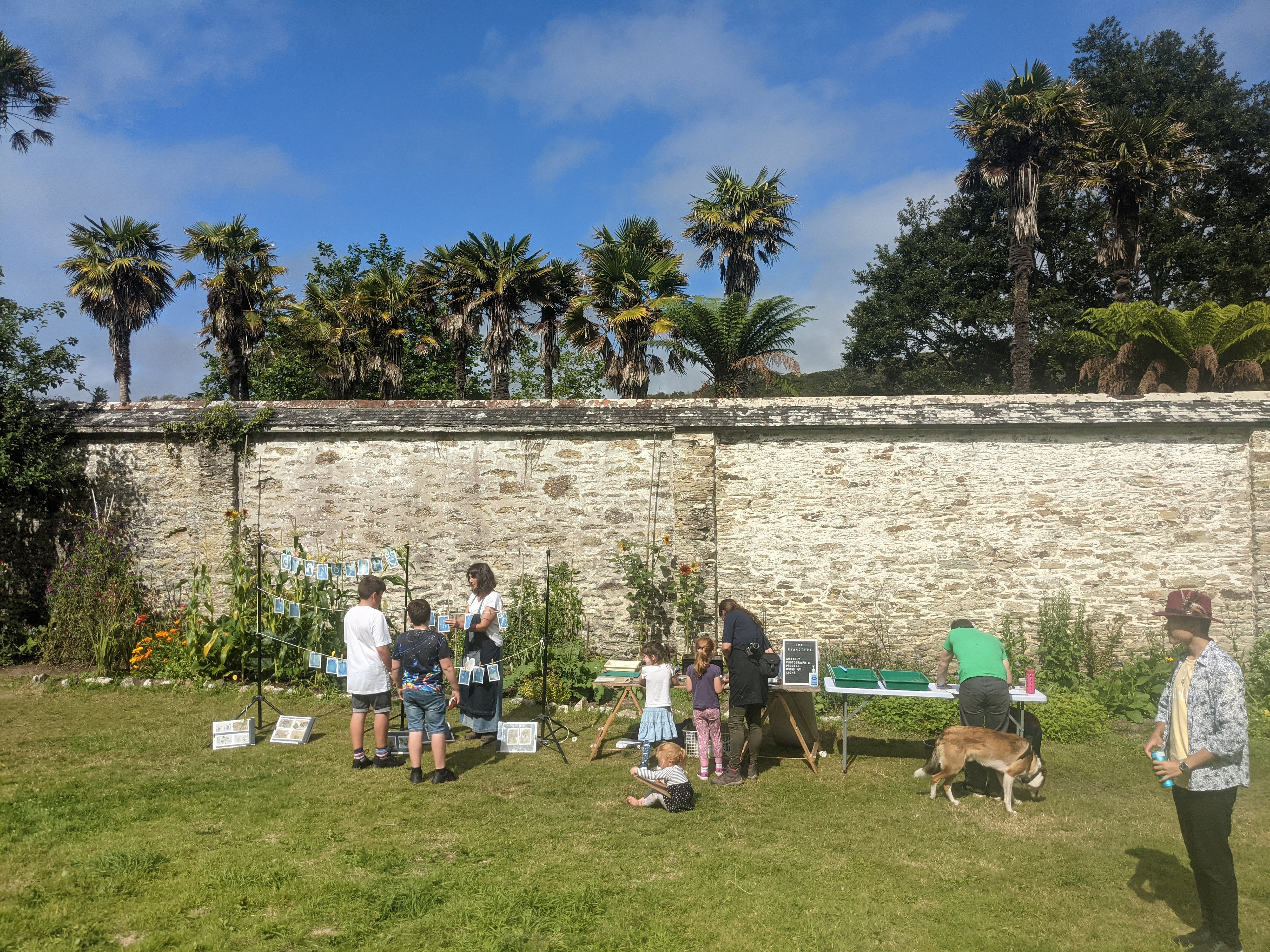


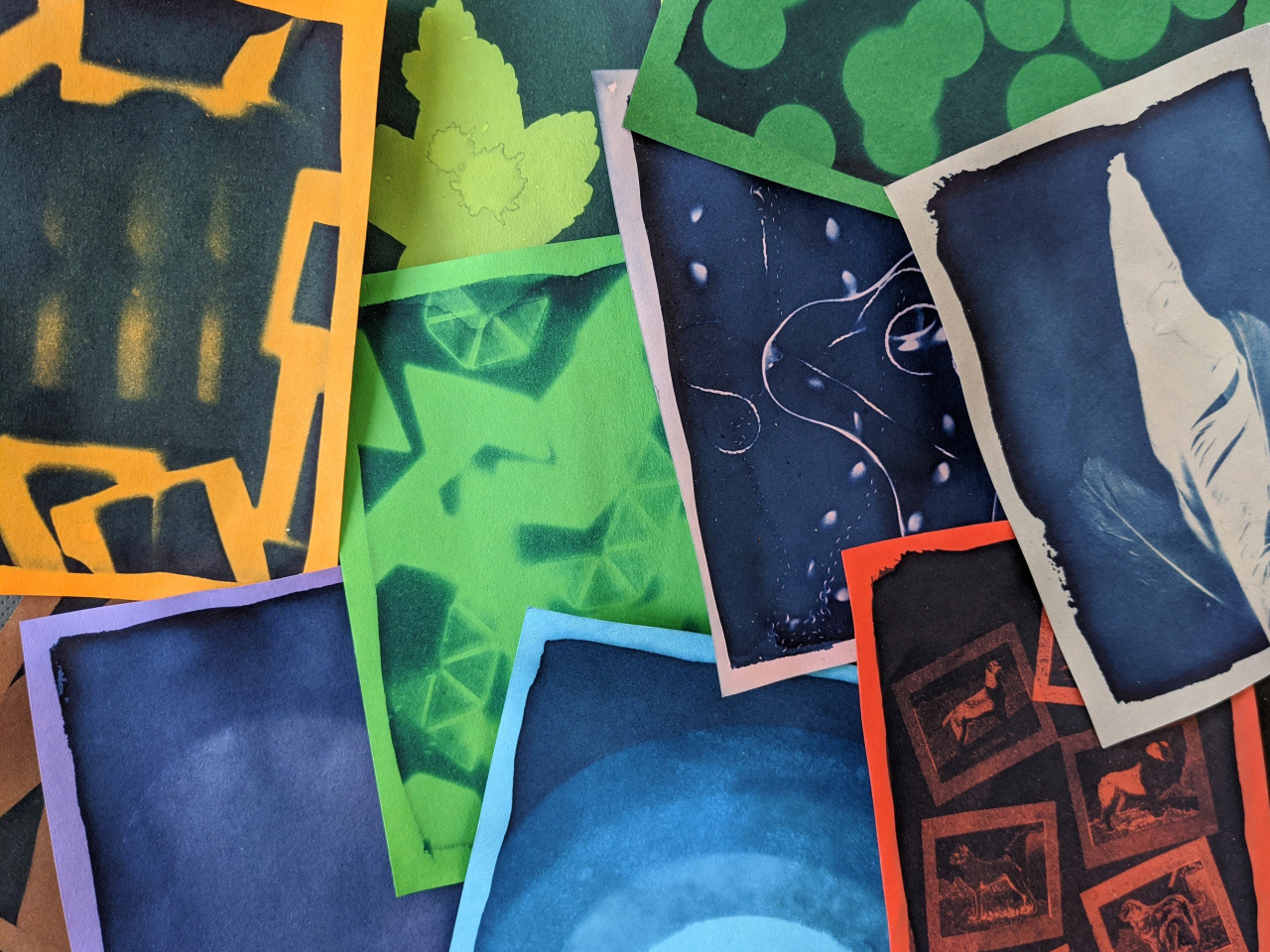
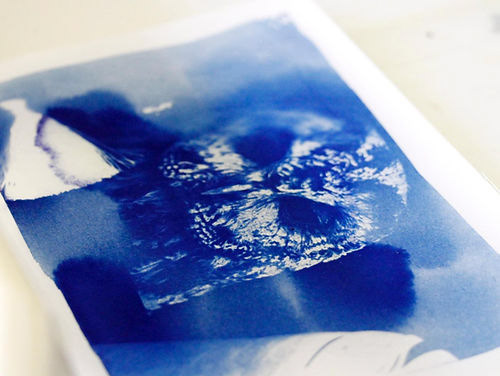
Variations:
Nature / Found objects - Found objects such as seaweed, flowers, leaves etc can be placed onto the coated paper. This could also be done using man-made objects, or finds such as beach plastics
Nature / Found objects - Found objects such as seaweed, flowers, leaves etc can be placed onto the coated paper. This could also be done using man-made objects, or finds such as beach plastics
Drawing- Drawings can be made onto tracing paper, either from a still life, on location, or imagination and used to expose the cyanotype
Photographs - Acetate negatives can be used to create detailed photographic images. This can be done with either pre-prepared images or if there is access to computers and a copier it can be done with participants own images.
Rubbings/Frottage - Rubbings taken with graphite onto tracing paper can be used effectively to create interesting images as an excellent way to explore and capture textures
Multiple Exposures / Layering - Multiple images can be layered together to create multiple exposures. this is especially effective with the drawing variation.
Scale - Cyanotype can be easily used at scale, with A1 paper, or larger able to be used to create group images
Toning and Colour - Finished Cyanotypes can be toned by a variety of processes but coffee and tea are particularly effective to darken the blue. Cyanotype can also be prepared onto coloured paper to create interesting effects.